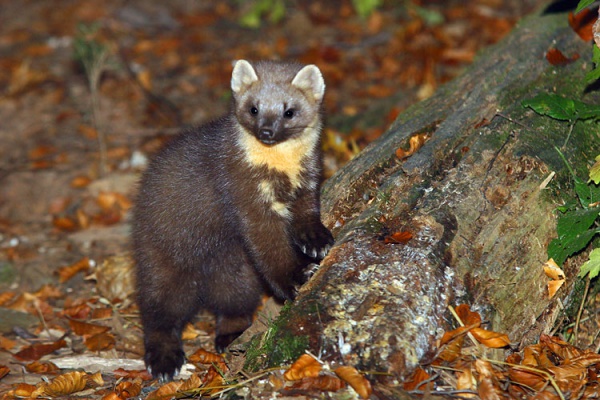Facts About Pine Marten
The European pine marten, also known as the pine marten, baum marten, or sweet marten, is a fascinating creature native to Northern Europe. This member of the weasel family boasts a coat that ranges from light to dark brown, with texture changes according to the seasons. Males are typically slightly larger than females. Pine martens are notable for their keen senses of sight, smell, and hearing, which aid them in thriving in well-wooded areas across Europe.
Historically, pine martens were common in northwestern Scotland, but they have gradually spread to other parts of Great Britain, including England and Wales. In Ireland, their numbers are rebounding and expanding. These animals are mostly nocturnal, becoming active at night and dusk. They are also excellent climbers, spending a significant amount of time in trees. Their diet is quite varied, including small mammals, birds, insects, fruits, and even carrion.
One interesting aspect of the pine marten's recovery is its role in controlling the population of invasive grey squirrels in the UK and Ireland. However, these animals still face threats from humans, such as persecution, habitat loss, and conflicts due to predation on livestock. In the UK, pine martens are protected under wildlife conservation laws.
In the wild, European pine martens can live up to 11 years and reach sexual maturity at 2-3 years old. They breed in July and August, with young being born in late March or early April after a gestation period of about a month. Litters typically consist of one to five young, which start to emerge from their dens around 7-8 weeks after birth.

 Russia
Russia